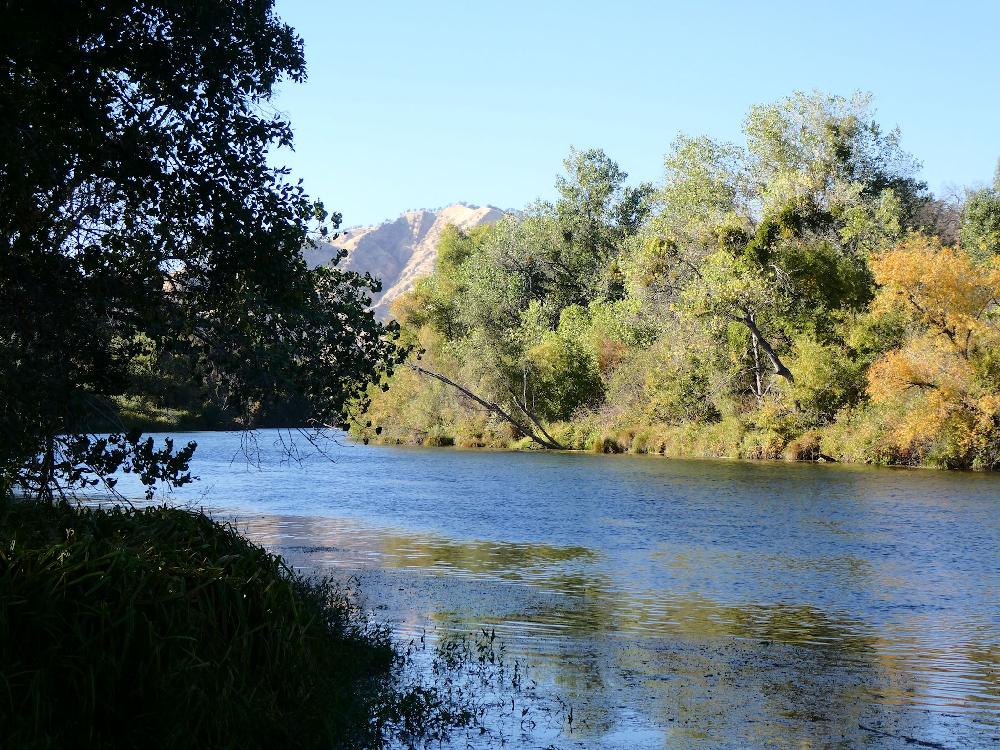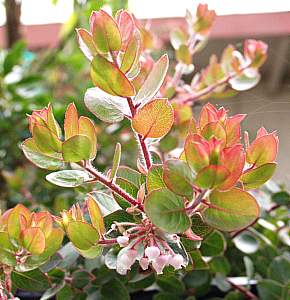
|
| MARCH 2020 CHAPTER NEWSLETTER |
Learn How to Use Free Web-based Tools for Native PlantsWant help learning about native plants, what they look like and where they can be found? Cynthia Powell, Executive Director of Calflora, will answer these questions and more through the use of free web-based tools developed by her non-profit organization. Cynthia will cover this information during two events at the Rush Ranch Nature Center, 3521 Grizzly Island Ranch Road in Suisun. The first event is scheduled for March 6, at 6:30 pm, which features of talk by Cynthia titled: New Calflora Tools for CNPS Users. During this talk Cynthia will discuss how to use the Calflora plant database which hosts over 2 million plant occurrences submitted by users throughout the state. She will cover Calflora’s new iNaturalist data feed, plant photo project, plant guide, population monitoring tools, email alerts, and other features of the database. The second event is on March 7, at 9:00 am, when Cynthia will lead a hike through the tidal marshes and upland prairies of Rush Ranch. Along the way Cynthia will demonstrate how to use the web-based tool to record your plant observations on your smart phone. Download Calflora Observer Pro on your phone prior to the hike to be ready to record the plants you see. Wear sturdy closed-toe shoes and a hat, and bring lunch and water. [READ MORE]
Cynthia Powell, Executive Director of Calflora, wears many hats, and will be in Suisun on March 6 and 7 describing how to use the Calflora database and leading a hike to provide a hands-on demonstration of this web-based tool. |
COUNTY SUPES RECRUIT VOLUNTEERS TO WORK ON PARK DISTRICTAt their February 25th meeting, the Solano County Board of Supervisors asked their constituents to help County staff move forward with public meetings on whether a countywide park district measure should be put on the November 2020 ballot. The mechanics for the public meetings were the primary controversy. Some Supervisors claimed that County staff is working on many other issues and needs the help of park district supporters to organize public forums to discuss the areas to be preserved as open space, and the parks and trails to be operated by the district. Bill Emlen, Director of the County’s Resource Management Department, reported on progress made since the Board’s meeting in November when they unanimously directed his department to move forward with the process to develop a countywide park district ballot measure. A consultant has been hired to begin work in March on polling and public outreach. A purpose of the polling is to determine if voters favor forming a park district now and if that support included establishing a tax for the district. Bob Berman of the Solano Orderly Growth Committee, and a CNPS member, was among those who provided public testimony in support of a Countywide Park District. He urged the Board to ask its County Park Commission to sponsor a road show to educate the public on the potential for a Countywide Park District and hold listening sessions in each city to hear what the public wants. “To make this thing happen it’s going to have to be from the grassroots and work its way up,” said Berman. [READ MORE]
Putah Creek near Lake Solano. |
PLANT OF THE MONTH: Acrtostaphylos 'John Dourley'
This evergreen ground cover shrub is a manzanita cultivar. New growth in spring has foliage that is an attractive reddish-bronze that fades to muted green by mid-summer. Clusters of pink flowers are abundant over a long blooming season followed by berries that are purple-red. ‘John Dourley’ enjoys full sun, and tolerates clay soil and garden water. This plant has a mounding form with an average size of 1-3’ high and 4-6’ wide. It will grow smaller without water and larger with regular summer water. Young plants have a mat-like form and mature plants develop interesting branching and bark character. The foliage is hardy to five degrees Fahrenheit. Avoid extremely hot and sunny afternoon areas when planting in valley and foothill areas. This cultivar can be grown on banks, in raised planters, along borders and in containers to show off its foliage, flower and fruit characteristics. The plant is named for John Dourley, the former Superintendent of Horticulture at Rancho Santa Ana Botanic Garden, by Mike Evans of Tree of Life Nursery. It was a volunteer seedling found by Dourley in an area of hybrid manzanitas at the botanic garden and is of unknown parentage, though some speculate it to be a hybrid between Arctostaphylos pajaroensis and A. bakeri. |
UPCOMING EVENTS
|

|
|
|
|
CNPS Statewide Website | Jepson Chapter Website |


